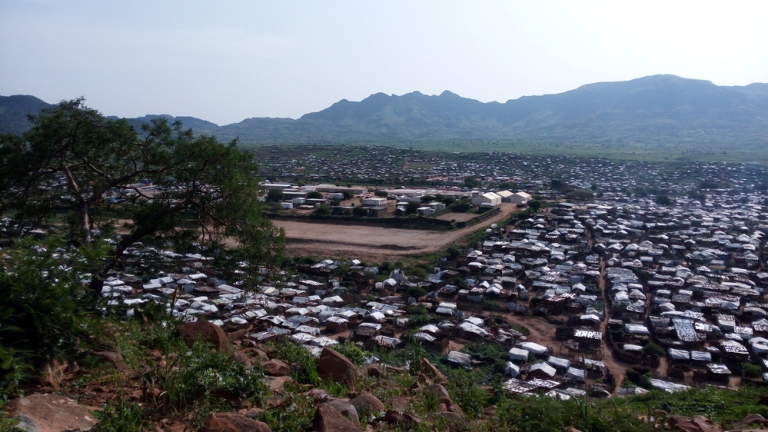Sudan denies planning forced eviction of IDPs camps in Darfur

June 9, 2018 (KHARTOUM) – The Sudanese government Saturday denied plans to forcibly evict the internally displaced camps in Darfur region a move that would be a gross violation of the international humanitarian law.
Despite the relative security in Darfur region and the deployment of the government troops across the region, the existence of displacement camps remains the symbol of the 2003 insurgency that displaced over 2.5 million since 2003.
Sudanese officials described the camps as “a hideout of the outlaw groups” who take hostage civilians and prevent them from returning to their areas of origin. Also, in the past they declared plans to dismantle it.
However, Sudan’s Humanitarian Aid Commission (HAC) Ahmed Mohamed Adam stated that the government has no plan to forcibly evicting the camps, but has set a number of options for IDPs, including resettlement in the area where they are, or in another area according to their desire.
Speaking at a press conference in Khartoum on Saturday, Adam said the number of displaced camps in Darfur has shrunk to 39 camps, and that the number of displaced people had reached one million nine hundred thousand.
The Commissioner added the decline in the number of IDPs by more than 400,00 persons compared to last year came as a result of voluntary return in many areas.
The Sudanese official went further to say that by the end of December 2017 some 386,000 displaced persons and refugees, have returned to their areas of origin without any arrangements following the successful weapons collection campaign, as he said.
However, he pointed the unplanned return of IDPs and refugees poses a major challenge for the government in term of infrastructures and services.
The number of people who returned by the end of December 2017 reached more than 386,000 displaced persons and refugees, without any arrangements, which posed a major challenge, because of the success of the campaign to collect weapons.
The UN Security Council this month is expected to decide for the third time to downsize the peacekeepers deployed in the region and to provide logistical and economic support for the recovery and rehabilitation projects.
IDPs representatives in several camps say they refuse to return to their areas before the disarmament of the armed militias and the evacuation of their land from the newcomers.
(ST)
